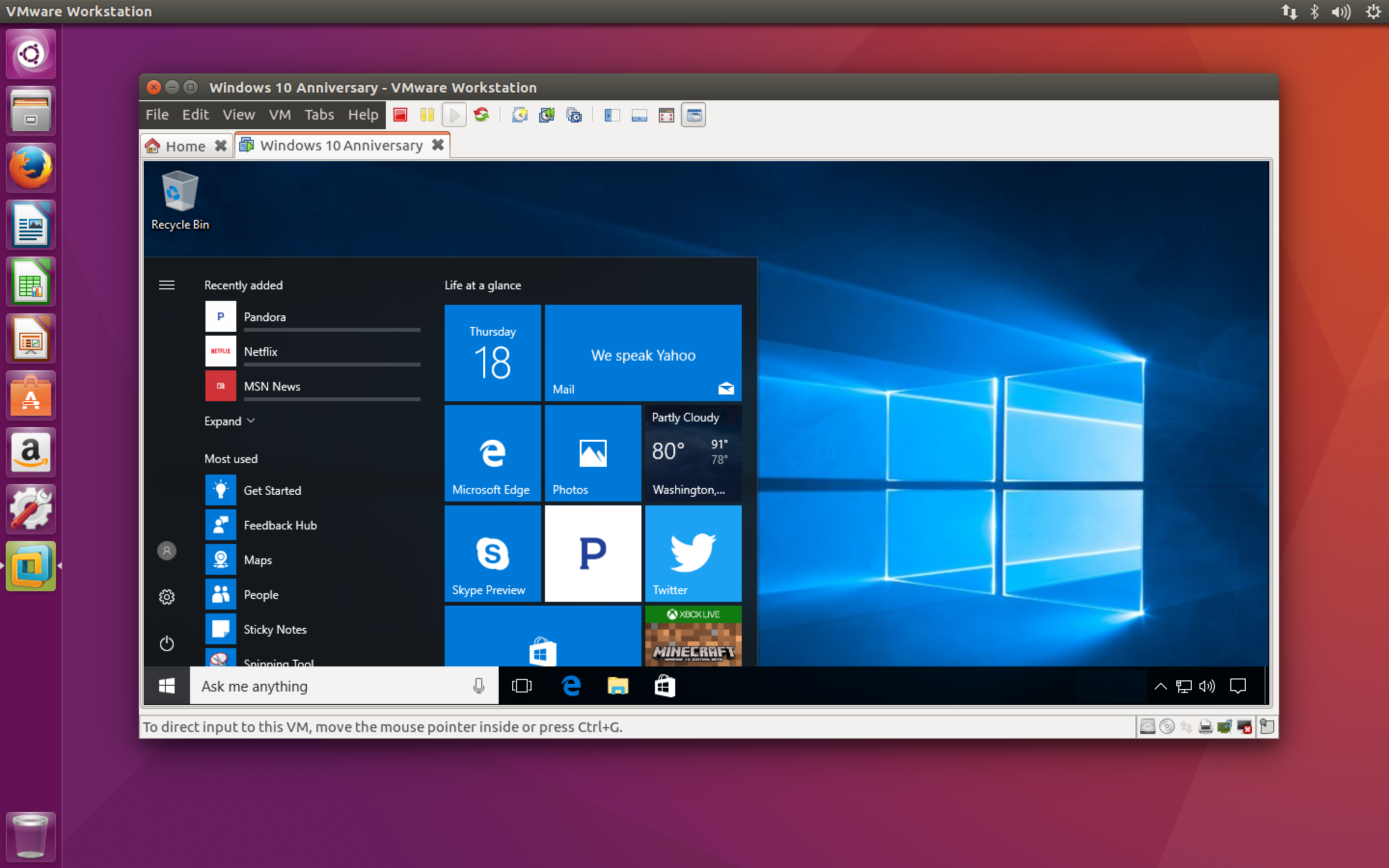Running a few VMs and CTs on Proxmox 6.2-4 on a server with multiple NICs. NIC ports are assigned to Linux Bridges and then connected individually to a particular VM or CT via the hardware GUI.
I have noticed that in pve (in shell when I run ifconfig), the MAC address assigned to the Linux Bridge (vmbrX) does not match the MAC addressed assigned in the network device virtio in the GUI hardware section of the associated VM. In the VMs I can see that the MAC address is the one assigned in software (virtio). This doesn't seem to be a problem except a few Linux devices and an Android device can't connect to VMs. I tried to force the virtio MAC to be the same as the vmbrX MAC, but I lost connection from all devices to all VM/CT when I did this.
When trying to connect to the VM the problem devices are trying to connect to the MAC address on the vmbrX and not the MAC address in the VM. Win/Apple devices connect correctly to the proper VM MAC. I can force connection in the Linux machine to point to the correct MAC with an arp command or script in /etc/network/if-up.d and it will connect. I'd prefer not to root my android device to do this (I'm not aware of a way to do this sans-root).
ARP binding on my router (wired - TP Link TL-R600VPN) or assigning IP address doesn't seem to stick very well. The router doesn't seem to honor requests to keep static IPs - i.e. if I request a static IP only in the router outside the DHCP range it still DHCP assigns the same MAC an IP address in it's DHCP range; so I'm leaning towards the idea that the router doesn't feel like handling this kind of traffic on all devices :-/ Probably need a newer beefier router.
Before I try testing different router, am I missing anything in Proxmox? The pve manual isn't super clear on MAC addressing philosophy (or my study was a little too cursory) and I'm not sure if the different MACs in vmbrX and virtio are a real issue.
No firewalls are on.
No VLAN.
I have verified that the VMs are assigned the proper port on the server by disconnecting individual ports on the server.
Attached is a pic with different MAC addresses.
Sorry if this description is a little confusing - I've been in the weeds on this one.
Thanks in advance.
Free Vm For Linux
For those wanting to install Linux on their Mac through virtualization, we recommend using the latest version of Parallels or open-source VirtualBox. The former offers an easier-to-install solution, but you must pay for it after a 14-day free trial. The latter is open-source and free, but more difficult to install. The Most Trusted Mac Virtualization Software for Over 14 Years Parallels Desktop ™ for Mac. Run Windows, Linux, Mac or Chrome OSes without rebooting. Validate web apps in any browser on any OS, all at the same time. Download prebuilt virtual machines (VMs) with preinstalled dev tools. Test software in isolated VMs with snapshot and rollback. Your Windows 10 VM is now ready to go on your Mac! If you ever want to change any of the settings, just right-click the VM, and then click “Settings.” Now that you’re up and running, be sure to check out some of our other guides on VirtualBox and VMs.


